Kathryn Milligan traces the career of Harry Aaron Kernoff, whose art was inspired by city life
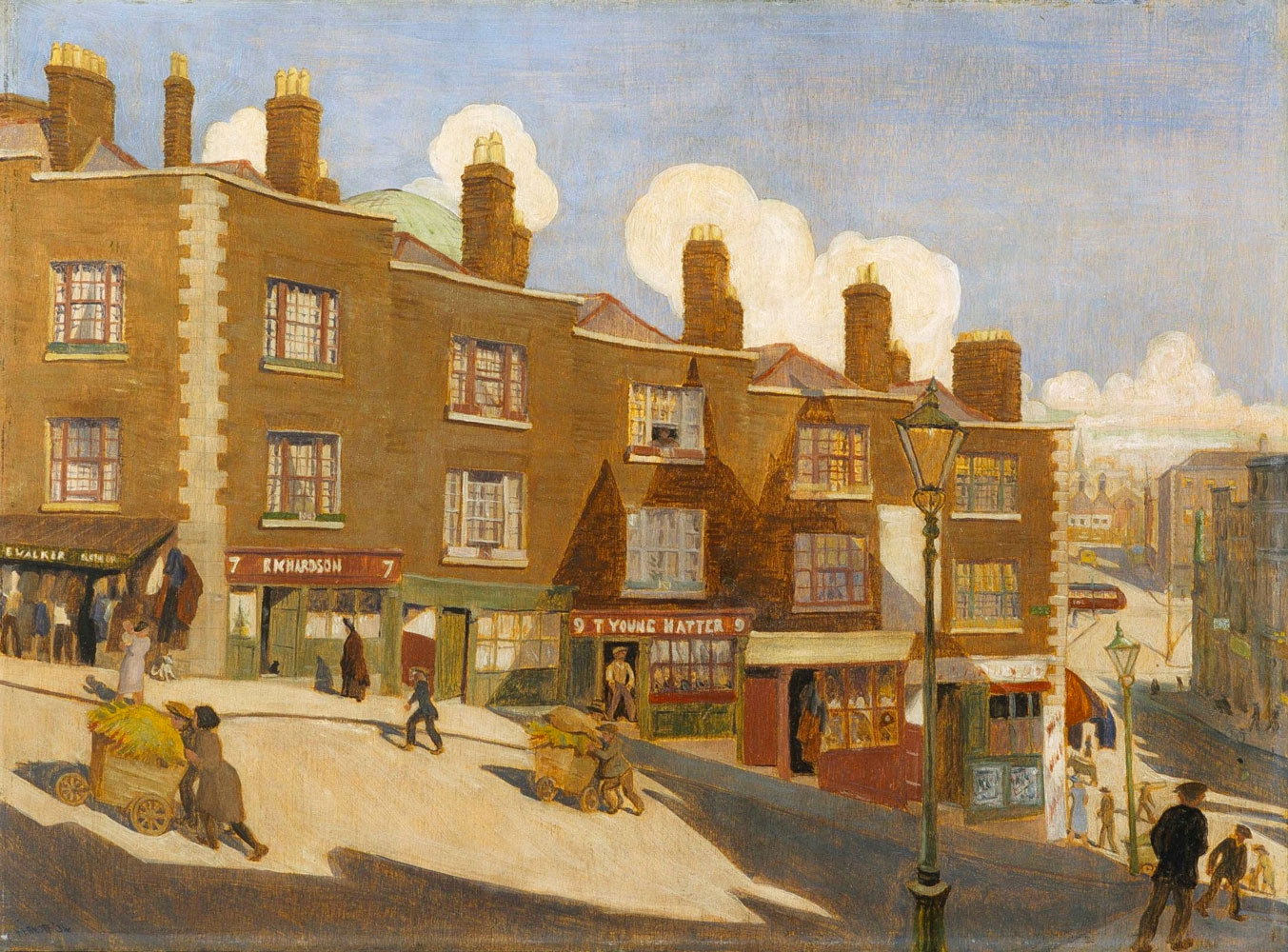
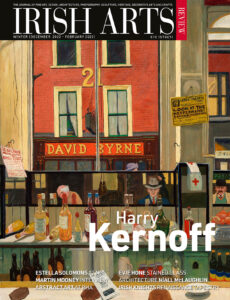
In 1936, an anonymous reviewer for the Irish Independent noted that, in his paintings of Dublin, Harry Kernoff seemed to have been ‘imbued… with the spirit of the city, with all its romance and strange troubled beauty. To the average Dubliner his work will be surprising, for he reveals we walk with unseeing eyes in our daily journeys through the city.’1 Kernoff is remembered by many today as a chronicler of Dublin, a champion of labour and workers’ rights and a familiar character in the city’s cafés and pubs. His colourful and detailed oeuvre, rooted in the experience of the everyday, offers a lively evocation of life in the early to mid-20th-century city. When considered alongside his interests in design, theatre and politics, Kernoff’s life and work offer a unique insight into Dublin’s cultural life in the post-revolutionary period. Kernoff’s outlook was not limited to the Irish capital: London and Paris also drew the artist’s attention, speaking to a broader interest in city life and culture and resonating with urban painters across Europe and America during this period.
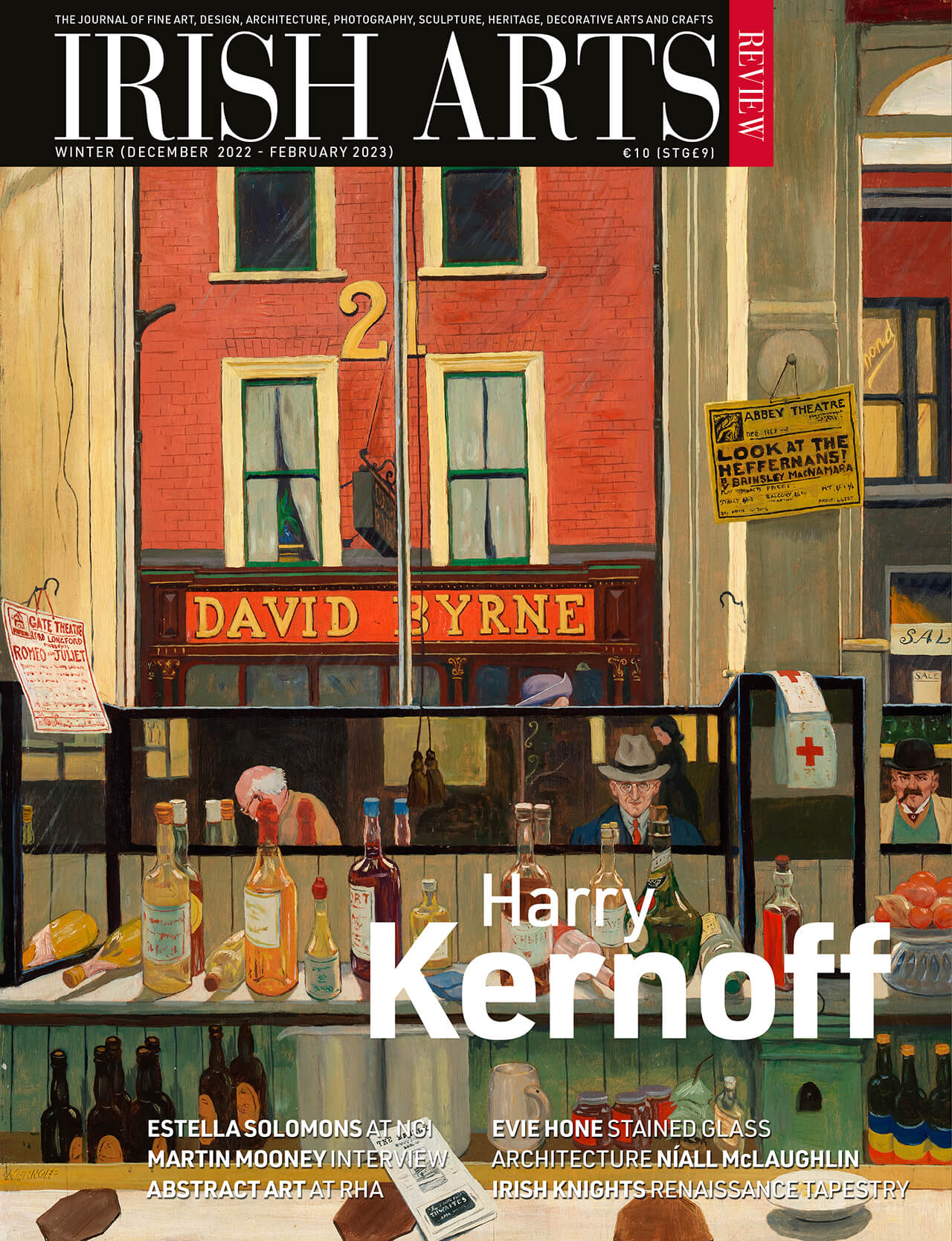
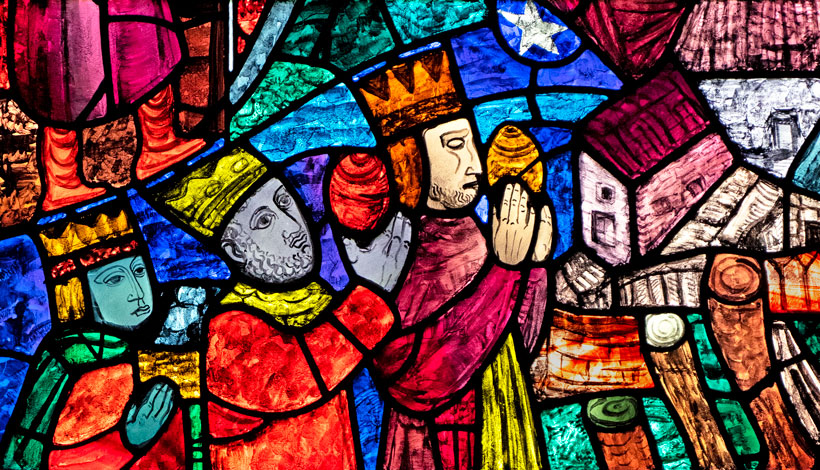
Joseph McBrinn charts the history of Evie Hone’s Tullabeg windows, which illustrate scenes from the life of Christ
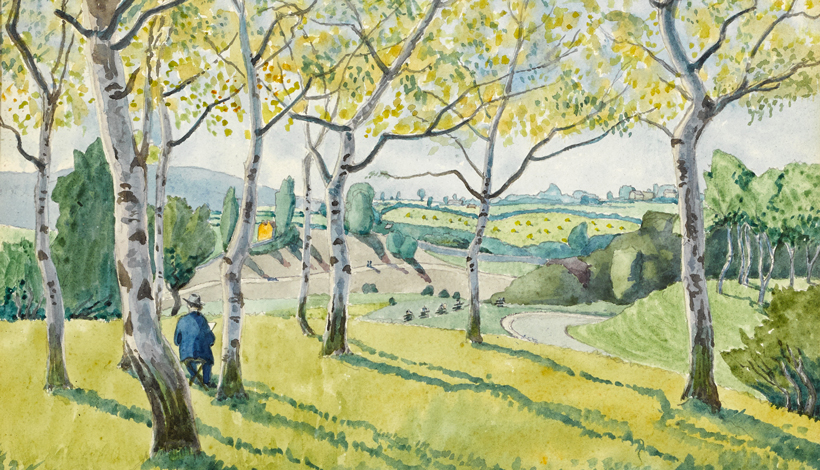
Brian Fallon remembers a modest exhibition that began a love affair with the work of Harry Kernof
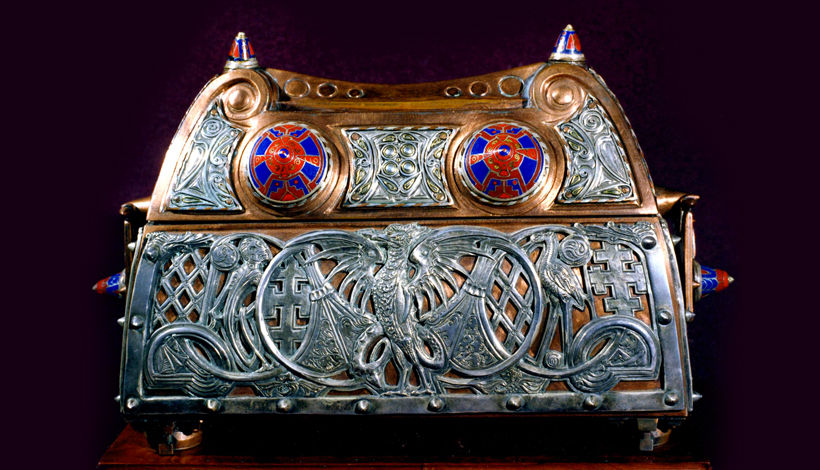
Síghle Bhreathnach-Lynch remembers a leading member of the Celtic Revival, artist Mia Cranwill